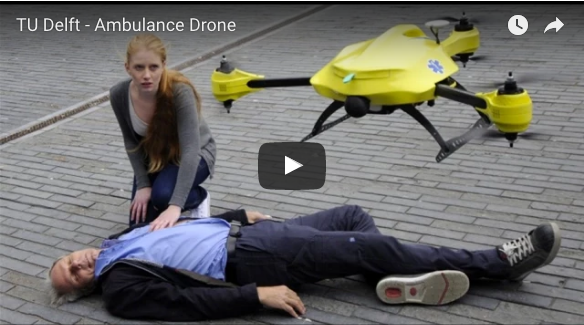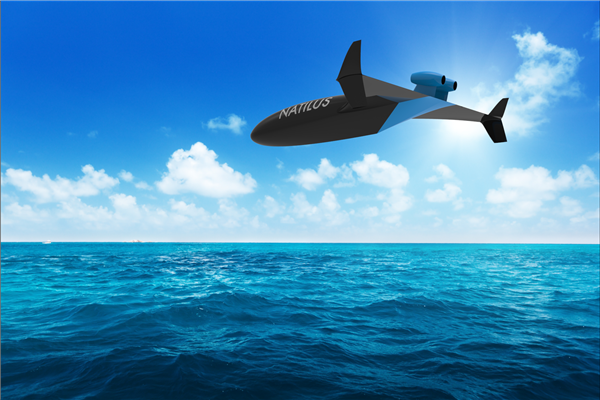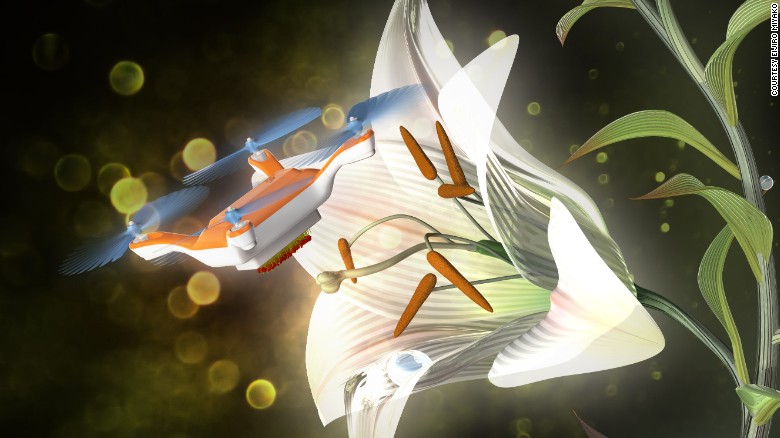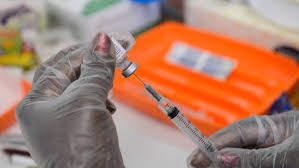Rise of the drones

A drone is an aircraft without a human pilot aboard. Drones are a component of an unmanned aircraft system (UAS) which include an unmanned aerial vehicle (UAV or drone), a ground-based controller, and a system of communications between the two. Drones flight may operate with various degrees of autonomy: either under remote control by a human operator, or fully or intermittently autonomously, by onboard computers.
In the 1860s, balloons loaded with explosives and sent with winds towards enemy targets were used as the first drones as military application. But today, they have become such an innovative technology that its use has moved to all sorts of things, from taking out terrorists to the civilian and commercial sector, becoming a part of our everyday life. Drones has the potential to solve problems, improve safety and save costs across a number of industries, throughout the developing world and in disaster relief scenarios. Drones are piloted remotely on the ground via control stations. Since this is a relatively safe and inexpensive way to get a good “bird view”, drones are often used in situations that could be considered too dangerous for human beings. Drones can be such a small size that can even fits in the palm of the hand or as big as tons like aircrafts size capable of flying for long hours non-stop.
Uses and benefits
- Military. As military use, US just sent some attack drones to protect South Korea area from North Korea threats.
- Police. Some states in US would allow police to use lethal drones in some terror scenarios.
- Commercial. As commercial application, the use of drones is increasing as quickly as technology. Businesses all over the world are discovering ways to exploit drones for their individual purposes. In the food industry, pilot programs have been carried out in different countries like Germany and the United States. Domino’s Pizza have tested drones to deliver pizzas. The 7-Eleven convenience store chain has carried out some commercial food deliveries. The international company Amazon is starting to use drones for deliveries as well and UPS drivers just started to tag team deliveries with drones.
- Humanitarian. In the civil humanitarian sector, the transportation company DHL have tested drones by delivering emergency supplies and medicines and they have also been used to check areas after natural disasters, having a great potential for helping in rescue personnel in such events. They can also deliver 'telemedical' packages to victims. Africa is planning to use drones as a way to deliver blood and vaccines to remote areas, potentially saving thousands of lives. They are also using drones to solve air and sea accidents. In Brazil drones are used to monitor agricultural areas in order to uncover the exploitation of slave labor.
- Research. Interestingly, researchers are also using drones to pollinate a flowers as an attempt to address "the global pollination crisis, a task usually accomplished by insects and animals, since 40 percent of species, including bees, face future extinction.
- Future. Passenger-carrying drones will be taken to the skies this summer in Dubai as taxi drones. Very recently, a tiny start-up in California's Bay Area is working on what they hope it will be the next big thing: large autonomous drones capable of moving freight across the Pacific Ocean more cheaply than conventional piloted cargo planes and faster than cargo ships. Finally, the next era of drones will be defined by multi-swarm collaborations.
Related Posts You May Like
-

Drones Can Save Your Life
01/05/2017 Comments








